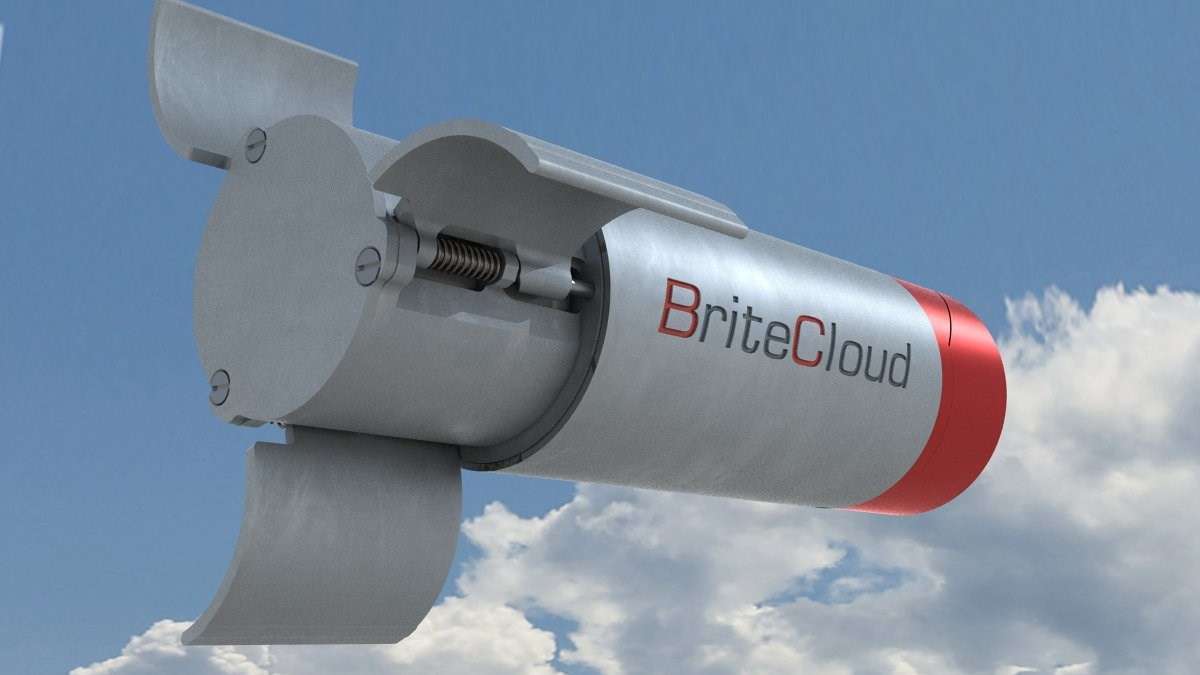
Leonardo and General Atomics Aeronautical Systems, Inc. (GA-ASI) are working together to bring the world-class protection offered by Leonardo’s BriteCloud expendable active decoy to operators of the MQ-9 remotely-piloted aircraft system (RPAS). The joint activity is addressing the growing market need to protect the high-value unmanned aircraft from modern, radar-guided threats as they carry out their missions.
Progress has already been made, with a number of BriteCloud rounds successfully launched from an MQ-9 in an aircraft survivability ‘carriage and release’ trial, designed to ensure that the decoy can be dispensed safely from the platform’s new Self-Protect Pod. Discussions are underway concerning further tests with live rounds to demonstrate that BriteCloud can effectively protect the MQ-9 against the most advanced radio frequency (RF) threats.
BriteCloud is a next-generation decoy, protecting aircraft from the latest radar-guided threats. The world’s first, and currently only, such product proven to work effectively, BriteCloud packs sophisticated jamming technology into a package the size of a drinks can, allowing it to be fired from an aircraft in the same manner as a flare. Designed and manufactured in the UK, it was first adopted for service by the Royal Air Force following an extensive testing campaign. As a unique capability, it is now being evaluated by the US Armed Forces under the US Foreign Comparative Test (FCT) programme.
BriteCloud is available in different variants for a range of aircraft types. BriteCloud 218 (2x1x8 inch ‘brick’ round) is the version compatible with the MQ-9’s dispensing system and is also suitable for US-manufactured combat jets such as the F-15 and F-16. Meanwhile, the BriteCloud 55 variant is suitable for 55mm round-format dispensers on aircraft such as the Eurofighter Typhoon, Saab Gripen E and Tornado GR4. A third variant, 55-T, is currently under development for transport aircraft and helicopters.
BriteCloud employs Digital Radio Frequency Memory (DRFM) jamming technology, considered the ‘gold standard’ of protection against radar-guided surface-to-air and air-to-air missiles. This technology allows the BriteCloud round to sense and process incoming radar signals and, in response, develop and transmit a highly-convincing electronic ‘ghost’ signal, fooling threat radars into following the decoy rather than the aircraft.



Be the first to comment